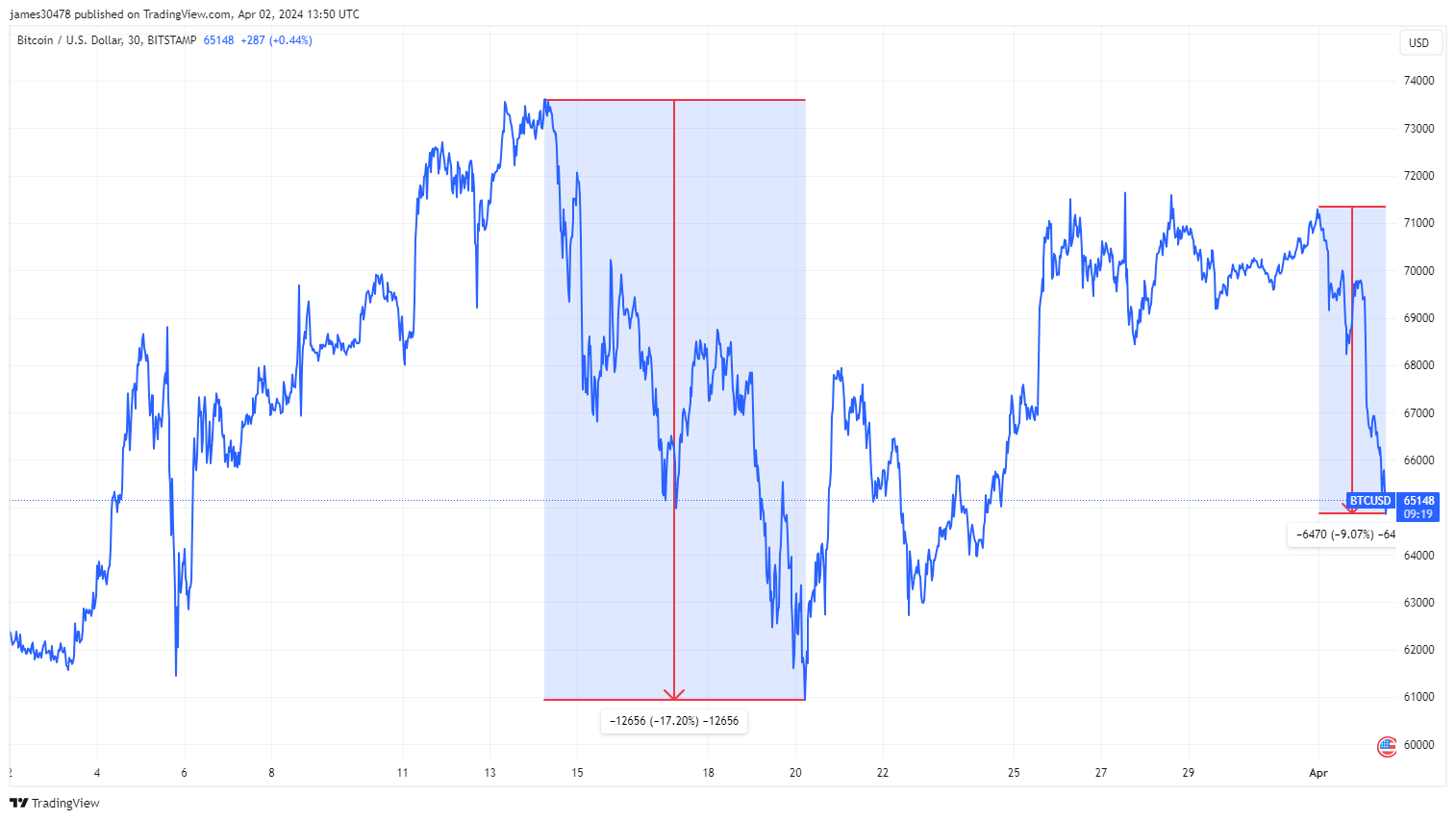East Hanover, NJ – April 2, 2024 – A recent commentary published in The Journal of Spinal Cord Medicine highlights the unprecedented upward trend in employment for people with disabilities, accelerated by the COVID-19 pandemic’s economic recovery phase.
In ”Employment and people with disabilities: Reframing the dialogue in the post-pandemic era,” (DOI: 10.1080/10790268.2024.2315927) published on February 22, 2024, the authors examine the confluence of factors contributing to the recent record-high employment levels among people with disabilities. This trend has been supported by a favorable labor market, evolving employer attitudes, and the adoption of inclusive workplace practices. A series of National Trends in Disability Employment (nTIDE) reports issued by Kessler Foundation and the University of New Hampshire Institute on Disability explored the contributions of diverse subgroups within the disability community to this positive shift.
A contributing factor was the rapid adaptation by employers to the acute labor shortages caused by the pandemic. Innovations in recruiting, hiring, training, and employee retention have expanded opportunities for people with disabilities. Notably, a 2022 Kessler Foundation survey revealed significant shifts in supervisors’ perceptions towards more inclusive hiring practices and accommodations, signaling a sustainable change in workplace culture.
The authors also address the uncertainties about the longevity of these gains as the pandemic’s direct impact wanes. The widespread adoption of remote work, recognized as beneficial for many employees including those with disabilities, faces a future of mixed prospects as workplaces readjust and offices reopen. Yet, evidence suggests remote and hybrid work arrangements as viable, ongoing options that will continue to support employment equity for people with disabilities.
The article underscores the importance of continued research and policy development to extend the upward trend for employment of people with disabilities. By recognizing the achievements and challenges highlighted during the post-pandemic recovery, stakeholders can work towards further narrowing the employment gap and fostering a more inclusive economy.
About the Journal of Spinal Cord Medicine
The Journal of Spinal Cord Medicine (JSCM) serves the international community of professionals dedicated to improving the lives of people with injuries/disorders of the spinal cord. JSCM is the peer-reviewed official journal of the Academy of Spinal Cord Injury Professionals (ASCIP), a U.S.-based multidisciplinary organization serving scientists, physicians, psychologists, nurses, therapists and social workers in the field of spinal cord injury care and research. JSCM, a member benefit of ASCIP, is published six times a year by Taylor & Francis Publishing. The editor-in-chief is Dr. Florian Thomas of Hackensack University Medical Center, Hackensack Meridian School of Medicine, Hackensack, NJ, USA.
About Kessler Foundation
Kessler Foundation, a major nonprofit organization in the field of disability, is a global leader in rehabilitation research. Our scientists seek to improve cognition, mobility, and long-term outcomes, including employment, for adults and children with neurological and developmental disabilities of the brain and spinal cord including traumatic brain injury, spinal cord injury, stroke, multiple sclerosis, and autism. Kessler Foundation also leads the nation in funding innovative programs that expand opportunities for employment for people with disabilities. We help people regain independence to lead full and productive lives. For more information, visit KesslerFoundation.org.
Press Contacts at Kessler Foundation:
Deborah Hauss, DHauss@kesslerfoundation.org
Carolann Murphy, CMurphy@KesslerFoundation.org
Stay Connected with Kessler Foundation
X (formerly known as Twitter) | Facebook | YouTube | Instagram | SoundCloud
Journal
Journal of Spinal Cord Medicine
DOI
10.1080/10790268.2024.2315927
Method of Research
Commentary/editorial
Subject of Research
People
Article Title
Employment and people with disabilities: Reframing the dialogue in the post-pandemic era,”
COI Statement
none







































